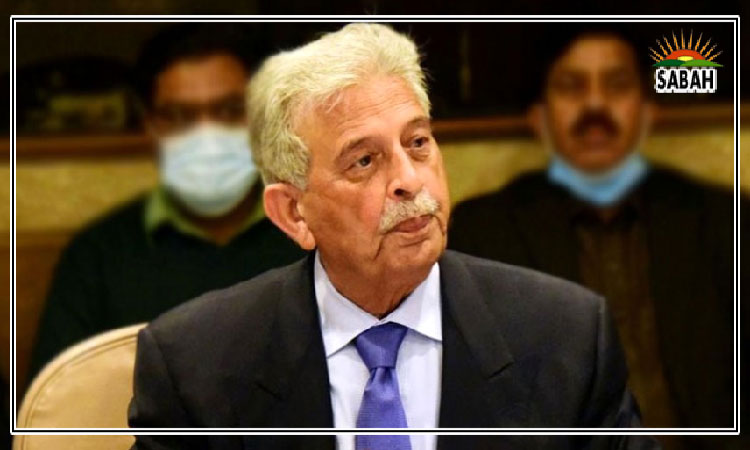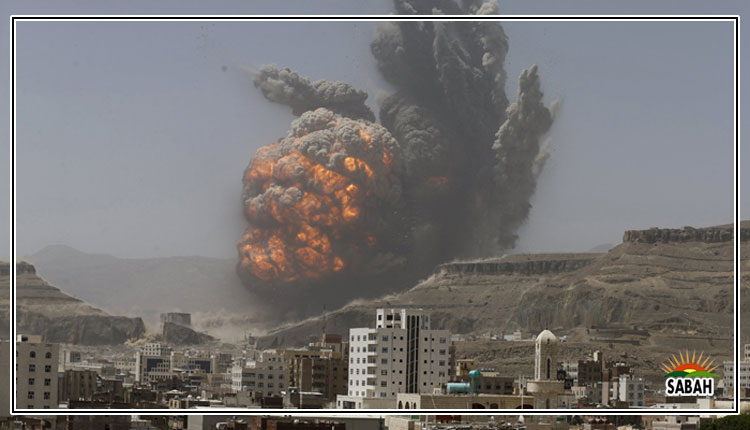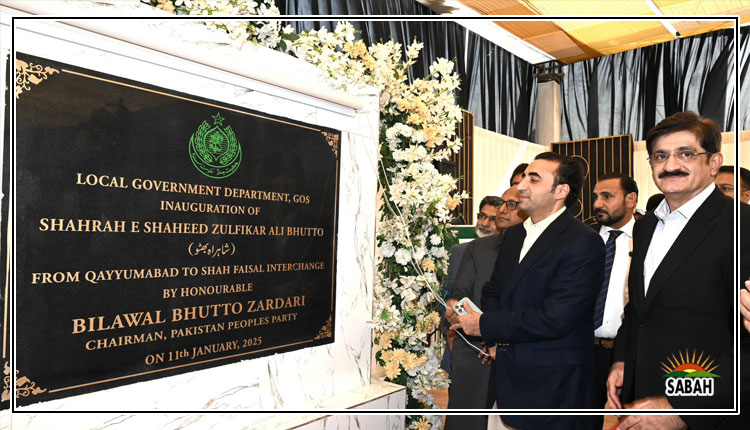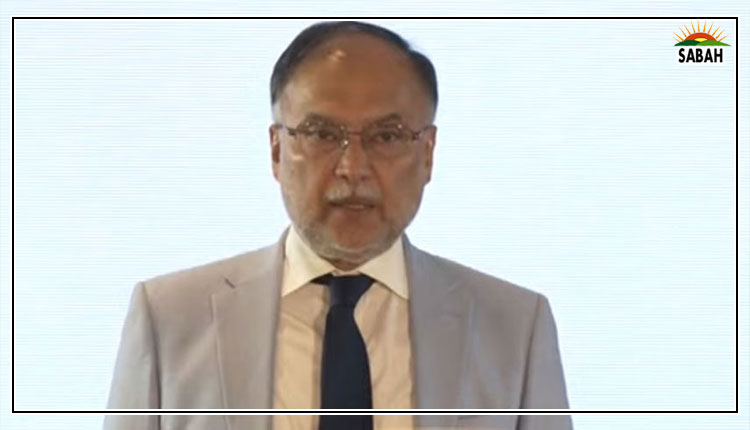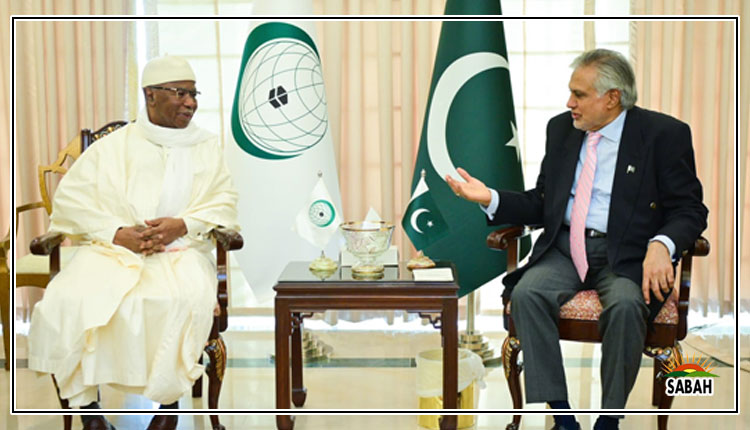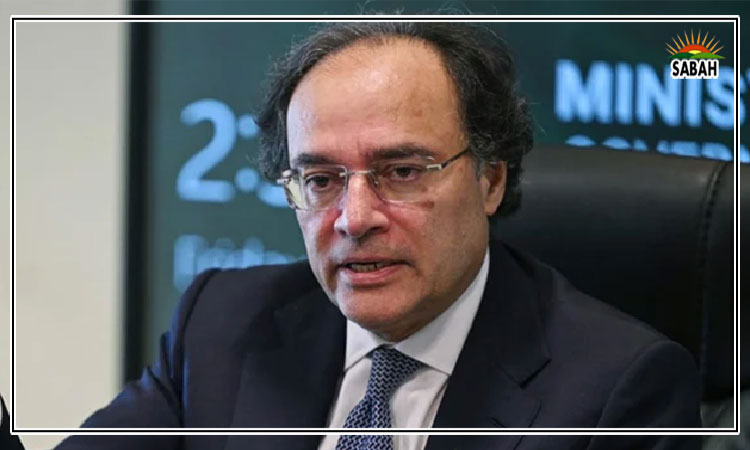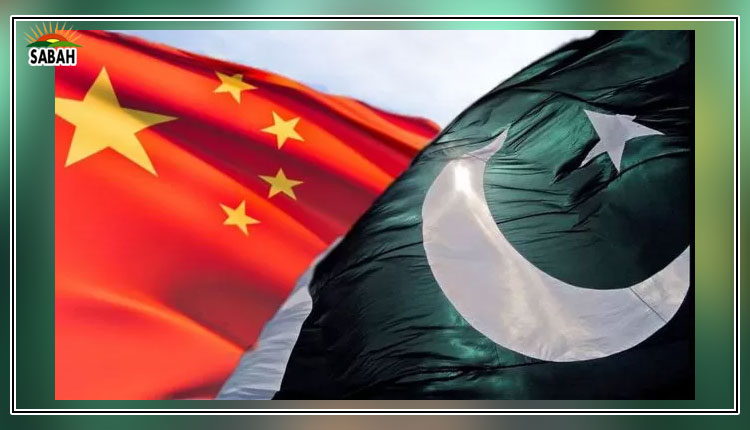From vision to reality…Sharmila Faruqi
Pakistan has marked the 10-year milestone of the China-Pakistan Economic Corridor (CPEC). This game-changing initiative has paved the way for extensive infrastructural development, economic growth, and strengthened bilateral ties between the two nations.
Under the PPPs visionary leadership, Pakistan’s relationship with China reached new heights, setting the stage for the success of CPEC. Despite challenges posed by the Covid-19 pandemic and shifts in political leadership, CPEC’s potential remains significant, demanding a united effort from all stakeholders to realize its full impact.
As we witness China’s investments in Pakistan materialize through CPEC, it is evident that a significant part of its success can be attributed to the groundwork and foundation laid by the PPP government. Under former president Zardari’s leadership, inspired by Zulfikar Ali Bhutto’s visionary goals of aligning with the Chinese Communist Party, and championed by PM Benazir Bhutto, Pakistan’s relationship with China has transcended to new dimensions.
For the PPP, CPEC was more than just a project to build roads and railways; it symbolized a shared vision of cooperation and economic growth between Pakistan and China. President Asif Ali Zardari’s eleven visits to China showcased the government’s commitment to fostering strong ties with China. His grand idea of pivoting East at a time when the world was still focused on other capitals laid the foundation for the transformative CPEC project.
The PPP played a pivotal role in establishing a strong political consensus regarding the importance of Pakistan’s ties with China. This included a historic decision to grant Beijing entry to the Gwadar Port, fostering a broader vision of economic interdependence between the two nations.
Through its leadership, the PPP ensured the alignment of political forces in recognizing the significance of the China-Pakistan relationship, paving the way for transformative initiatives like CPEC.
The PPP understood the grand Chinese vision well, recognizing the significance of granting state support and strategic access to our warm waters. We understood that placing the Gwadar Port under Chinese development stewardship was a pivotal step in realizing the CPEC project. This collaboration bolstered economic cooperation and strengthened bilateral ties, laying the foundation for long-term strategic and economic partnerships between Pakistan and China.
Today, the completion of Phase one of the Gwadar Free Trade Zone and the development of the Gwadar Port stand as testament to CPEC’s achievements. With $25 billion in investments and the creation of 200,000 job opportunities, CPEC has already demonstrated its potential as a significant driver of economic development in Pakistan.
The PPP government in Sindh played a crucial role in facilitating CPEC projects by collaborating closely with Chinese officials and investors. Cultural exchanges, people-to-people relationships, and ensuring the security of those involved in CPEC were also high on their agenda. Thar Coal, as CPEC’s first major energy project, played a pivotal role in providing power to the national grid.
The emergence of the Covid-19 pandemic brought unprecedented disruptions to various projects, including those under CPEC. However, it was during Imran Khan’s PTI government that CPEC projects faced significant challenges, with talks of reviewing the project’s merits and potential halts. In contrast, Bilawal Bhutto Zardari consistently advocated for the smooth functioning of CPEC, emphasizing its significance in Pakistan’s national interest and its ties with China.
The key to success for CPEC lies in national unity. The country must be on the same page, recognizing the greater good that CPEC can bring to Pakistan. Despite political differences, all provinces must work together to harness the full potential of this transformative initiative.
As CPEC enters its second phase, it promises to create an engine of innovation and ingenuity, not just for Pakistan and China, but for the entire region. This cooperation and exchange of ideas will drive the pursuit of peace in a world plagued by inequalities, conflicts, and social disorder.
Undoubtedly, CPEC’s infrastructure and investment pipeline hold immense potential to bring prosperity and peace to Pakistan, propelling the country into a new era of growth.
Chinese investment is projected to stimulate a remarkable 15 per cent increase in Pakistan’s GDP by 2030 and create over a million job opportunities across diverse sectors. However, our focus must not be solely on infrastructure and economic growth. As we embrace the Fourth Industrial Revolution, it is crucial to prioritize technological knowledge sharing and collaborations. Exploring regional value chains presents an exciting opportunity for Pakistan, as it can benefit from advanced manufacturing and production practices through CPEC.
The past ten years have seen CPEC evolve from a visionary concept into a transformative reality. Under the leadership provided by former president Zardari, Pakistan’s relationship with China flourished, opening doors for economic growth and development. However, the challenges posed by the Covid-19 pandemic and political shifts require a united effort from all stakeholders to ensure the smooth execution and continued success of CPEC.
By embracing national unity and collaboration, Pakistan can fully harness CPEC’s potential and pave the way for a brighter and more prosperous future. The PPP, led by Bilawal Bhutto Zardari, remains committed to seeing CPEC thrive and shine as a beacon of opportunity and progress for the nation.
Courtesy The News


